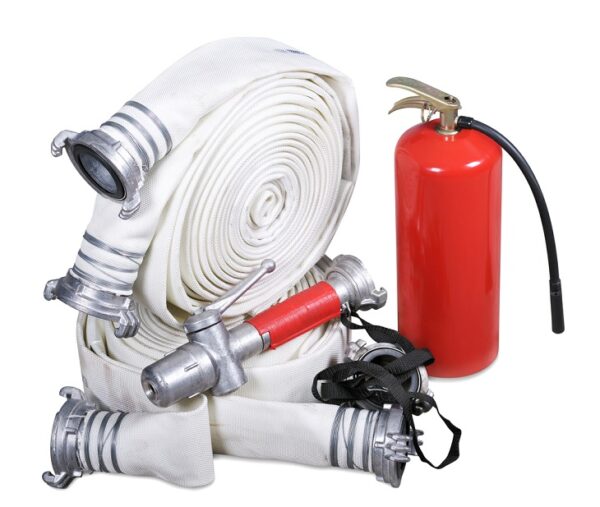A fire hose coupling is a connector which is at the end of a fire hose to couple (or connect) it is either with another hose or a hose appliance or a tap. Normally, this is made of stainless steel, brass, plastic or even aluminum. Firefighters are well aware that fighting fires which are challenging, they need to make the right choice not only of the hose but also of the coupling. They look out for the most advanced technology where the combination of fire hoses and couplings are concerned. This works out crucial in saving properties besides lives with reduction of damage and emphasis on the safety factor.
Making the Apt Choice
There are a number of manufacturers manufacturing these fire hose couplings, so in order to make the right choice you will need to start with finding out what they are able to offer you as there are different sizes besides materials available. Whatever hose and coupling you opt for you need to make sure of the durability and the weight factor. A light weight is definitely preferred as it can be handled easily. You also need to make sure that these can provide a water flow which can be considered as ‘outstanding’ and it can be quickly deployed. Being able to pack this easily is an added advantage. Not only the fire hose should be of a high quality but also the coupling should possess similar qualities.
A Look at the Different Couplings Available
There are various kinds of couplings available and some information on these can be of some help in making a right choice. Most of the fire hose couplings are made of brass with a few of aluminum. Couplers used for quick-action hoses aluminum is used because it tends to be lighter compared to brass. Different countries used different types of threading with some countries using couplings for quick-action with no male and female end and can be connected both ways. The different styles of couplings have an influence on the tactics used for fire-fighting. For quick and safe results, you have many of these tactics excluding the use of female and male ends.
There are various kinds of couplings available and some information on these can be of some help in making a right choice.
-
Barcelona
This coupling is usually used by firefighters of Spain and is a sexless coupling with three lugs which are engaging.
-
Cam and Groove
This works as connect of fluid transfer quickly and consists of a female ‘coupler’ and a male ‘adapter’. The adapter consists of a groove which is on the outside which is engaged by the arms of the ‘cam’ on the outside of coupler effecting a seal against a gasket inside this ‘coupler’.
-
Expansion Ring
This coupling is normally used for a fire hose of the lay-flat type. This offers a no flow restriction as the ring is expanded matching the hose’s inner diameter. The installation of this is by special machinery with the use of drawback expander.
-
Guillemin symmetrical clutch
This is also called the Guillemin coupling being widely used in Belgium and France. This resembles a DSP coupling used for firefighting purposes. This can be hand fastened or a tricoise wrench can be used. It is sexless with a closing of quarter-turn. This can be fabricated from brass, stainless steel, polypropylene and aluminum.
-
Mulconroy
Holedall/Mulconroy hose coupling is generally found in hoses of a large diameter which are used in applications of high pressure or even where there is an end pull to a high level of the hose. These are installed with hydraulic machinery of ram which is special along with special dies.
Knowing a little detail of the different types of couplings it gets easier to choose an apt one in accordance to the requirement.

